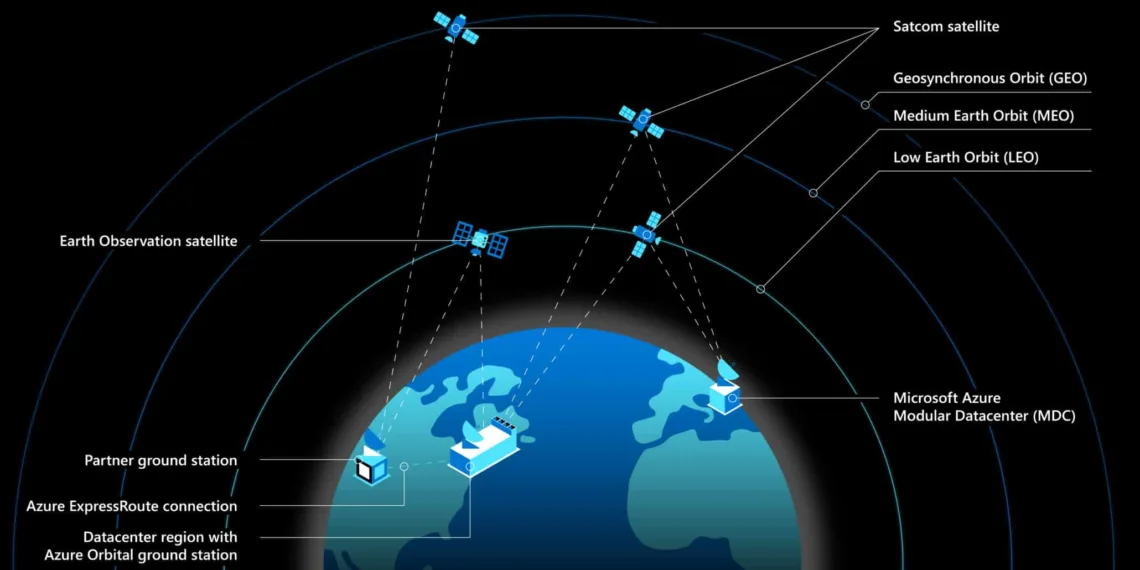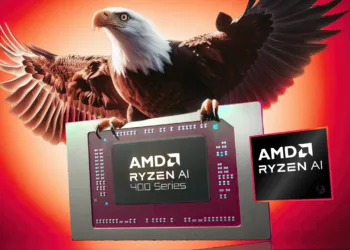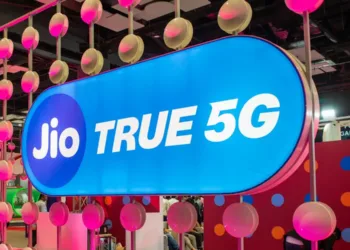Microsoft earlier this month joined a meeting with the Federal Communications Commission (FCC) representatives to extend its support for Space Exploration Technologies Corp.’s (SpaceX) Starlink satellite internet network. As we have seen in recent news, Starlink and other non-geostationary fixed-satellite services (NGSO FSS) providers are at odds with terrestrial 5G operators.
As such a recent evaluation has been undertaken at the FCC regarding input from all stakeholders in the spectrum to accommodate demand from all sides. Microsoft extended its full support to SpaceX’s project earlier last month, and soon after joined the meeting.
The actual feud between the satellite and terrestrial network providers started back in 2016 when the rulemaking petition was submitted to the FCC by a multi-video data distribution service (MVDDS). However, this petition was ruled by the commission earlier this year which resulted in comments from all the parties to decide new rules.
Microsoft has partnered with Starlink to bring data center internet coverage to remote and polar U.S. regions. In its detailed comments submitted to the FCC, the software giant expressed unflinching support for Starlink and contained arguments which SpaceX is yet to present before the FCC.
Microsoft argues that it would be a backward step towards making broadband-level internet available to remote American regions. It also stated that many satellite companies have already started to provide consumers with internet coverage, and changes at this stage will hinder this progress right in the bud.
However, there is a fact that if the Commission introduces new protections for terrestrial users, then the satellite terminals will require significant restrictions for MVDDS use. These restrictions will hamper satellite coverage and will not be beneficial to the American consumer.
The 12 GHz band is not a good candidate for terrestrial broadband access due to the significant environmental attenuation at these frequencies. NGSO FSS broadband providers, however, can use the 12 GHz band to transmit from space to Earth, meaning that attenuation due to buildings, foliage, and other environmental factors is greatly reduced. And satellite licensees do not require the extensive local supporting infrastructure of terrestrial 5G networks—they can transmit directly from space to rural communities. This allows 12 GHz satellite licensees to provide connectivity in places that are hard to reach by terrestrial providers.
For this Microsoft Executives stated that:
The costs of adding support for a new band cause both chip and device manufacturers to strive for a global scale. The lack of internationally harmonized rules for a 12 GHz terrestrial service will likely deter manufacturers from making such investments.
. . . .Given these factors, a manufacturer would be taking a major risk by investing to build semiconductors and devices that would only work on a single mobile operator’s network—especially when that operator has no track record of deploying meaningful mobile service.








